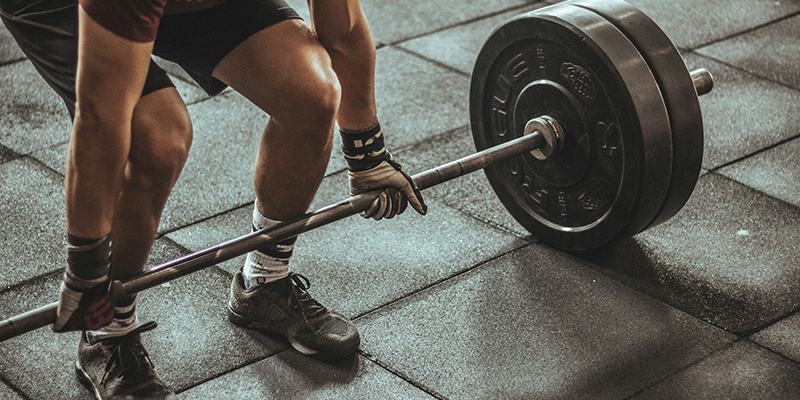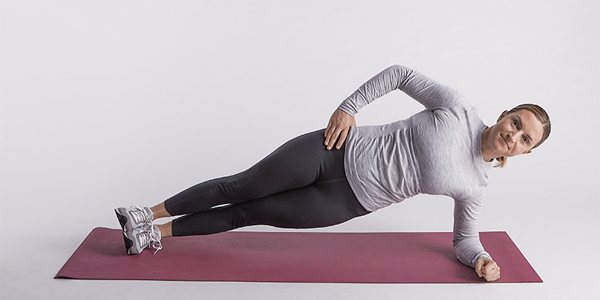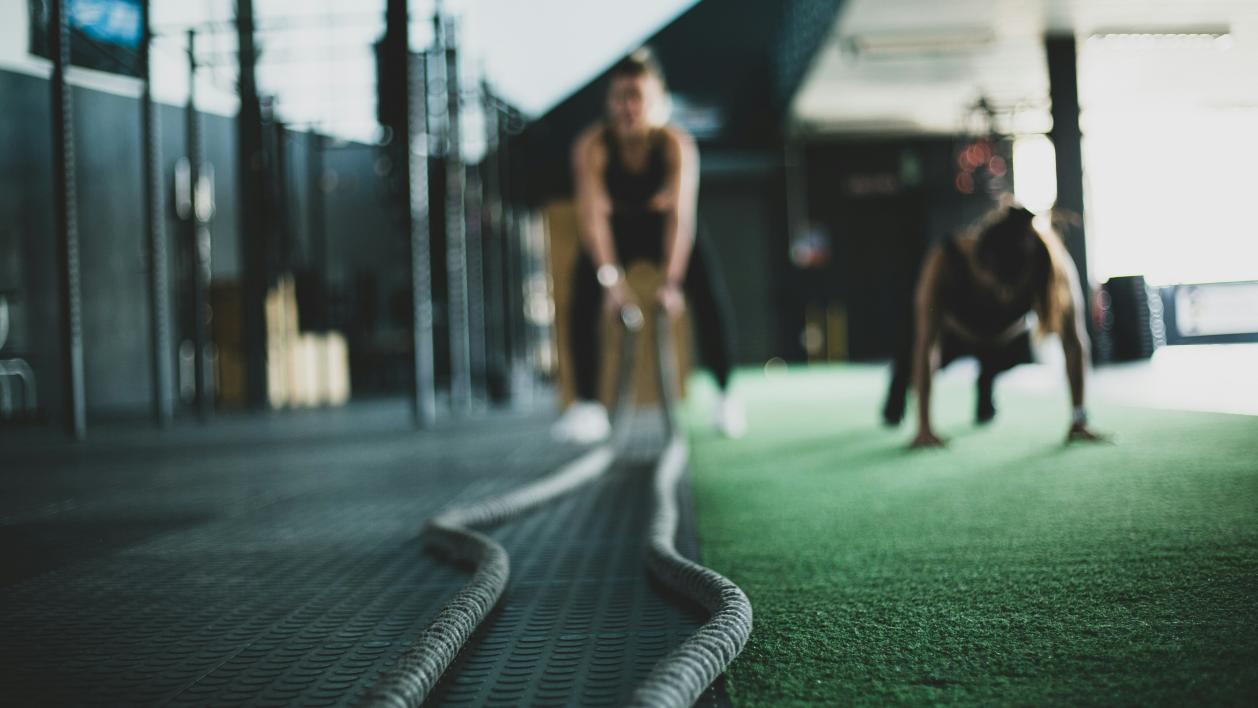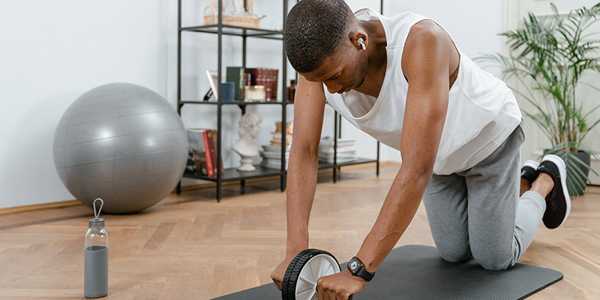Top 9 Core Muscle Training Exercises for Beginners at Home
Core training serves as a cornerstone of overall fitness, crucial for supporting daily movements, enhancing stability, and improving athletic performance. A strong core not only improves posture but also reduces the risk of injuries by providing a stable base for the body. The good news is that beginners can easily perform effective core exercises at home, without needing a gym. By adding core exercises to your routine, you’ll start building strength and confidence with simple, effective movements that deliver lasting results.

Why Should Beginners Train Core?
The core plays a pivotal role in maintaining body stability and facilitating movement. It encompasses muscles located in the abdomen, back, and pelvis, which together offer support to the spine and aid in transmitting forces throughout the body. Strengthening the core is vital for enhancing posture, reducing the risk of injuries linked to poor alignment and muscle imbalances—especially for beginners who may lack established muscle strength for coordination.
In addition to injury prevention, a strong core enhances performance in numerous activities, from sports to everyday tasks, making them easier and more efficient. It fosters greater power during physical exercise and boosts endurance, directly benefiting recreational endeavors and functional motions such as lifting or even sitting properly. By prioritizing core training, beginners not only cultivate functional strength but also ensure that daily tasks become safer and more manageable.
How to Train Core as a Beginner
Embarking on your core training journey is both exciting and a bit intimidating. As a beginner, it’s crucial to emphasize the correct form rather than the number of repetitions. Start with foundational exercises like planks and bridges, ensuring each movement is performed accurately to prevent injuries. Aim for two to three core workouts per week, progressively increasing intensity as your strength advances.
Consistency is paramount; seamlessly integrating core workouts into your overall fitness routine will lead to the best results. Consider complementing your core exercises with lower body routines like squats to guarantee balanced muscle development. Remember that steady, incremental progress will culminate in lasting changes. Stay dedicated, and you'll witness your strength flourish!
1. Plank
The plank stands as a fundamental core exercise that increases strength not only in the abdominal area but also engages the back, shoulders, and legs. To execute a plank, begin in a four-point position, ensuring your wrists align directly beneath your shoulders. Extend your legs backward and rise onto your toes, maintaining a straight line from head to heels. Engage your core by contracting your abdominal muscles, holding this position for a duration of 20-30 seconds at first, then gradually extending the time as your strength builds. Maintain a steady breath throughout; inhale through your nose, exhaling through your mouth while ensuring proper alignment to avoid hip sagging or overextending. Modifications such as dropping your knees can ease into strength-building progressively.
2. Dead Bug
The dead bug exercise is perfect for beginners working to enhance core stability while minimizing back strain. To start, lie on your back with arms extended toward the ceiling and knees bent at 90 degrees above your hips. Slowly lower your right arm and left leg towards the ground while keeping your lower back pressed against the floor. Return to the start position and switch sides. Engage in 10-12 repetitions on each side, pacing your movements slowly for control. Concentrate on your breath, exhaling when extending your limbs and inhaling upon returning; this rhythm supports core engagement and stability.
3. Reverse Crunch
The reverse crunch effectively targets the lower abdominal muscles. Begin by lying flat on your back with your hands either at your sides or under your hips for support. Bring your knees towards your chest while lifting your hips off the ground, squeezing your core at the peak of the movement. Lower back down slowly with control. Aim for 10-12 repetitions, adjusting as needed to suit your fitness level. Maintain a steady rhythm throughout to maximize benefits.
4. Mountain Climbers
Mountain climbers are a dynamic exercise that engage multiple core muscles, along with your arms and legs. Start in a plank position with your hands under your shoulders and your body forming a straight line. Drive your right knee towards your chest while keeping your left leg extended, then quickly switch legs, simulating a climbing motion. This exercise not only builds core strength but also boosts cardiovascular endurance. Perform for 30-45 seconds, focusing on controlled, alternating movements.
5. Side Plank
The side plank is a fantastic exercise for fortifying the oblique muscles. Lying on your side with legs stacked, position your elbow directly beneath your shoulder. Lift your hips, resulting in a straight line from head to heels. Hold this position while fully engaging your core and keeping your hips raised. Start with a 15-20 second hold on each side, gradually extending your time as you become more stable. Be mindful of alignment to prevent your hips from sinking. Modifications can include bending your knees for easier support.

6. Bear Plank With Knee Taps
To perform the bear plank with knee taps, initiate by adopting a tabletop position, ensuring your hands rest beneath your shoulders and knees under your hips. Lifting your knees slightly off the ground, engage your core. Keeping your back flat, tap your right knee to the ground and return to start. Alternate by repeating with the left knee. Aim for 10-12 taps on each side while ensuring smooth transitions to maintain balance and stability throughout the exercise.
7. Glute Bridge
The glute bridge is another excellent exercise that actively engages both your core and glutes. Start by lying flat on your back with knees bent and feet planted flat on the floor, hip-width apart. Press through your heels to elevate your hips towards the ceiling, creating a straight line from your shoulders to your knees. Hold at the top for a moment while squeezing your glutes, then lower back down. Work towards 10-15 repetitions, paying attention to squeezing hard when at the peak for effective engagement.
8. Hollow Body Hold
The hollow body hold is an excellent way to develop core stability and endurance. Begin by lying flat on your back, arms extended overhead, and legs straight. Lift your legs, arms, and shoulders off the ground while keeping your lower back pressed firmly against the floor. Engage your core by drawing your belly button towards your spine, creating a hollow shape with your body. Hold for 15-30 seconds, gradually increasing the duration as you build strength. Make sure to avoid arching your back, as this can cause strain.
9. Bird Dog
The bird dog exercise is ideal for concurrently enhancing balance and core strength. Start on all fours, with hands beneath your shoulders and knees lined up under your hips. Extend your right arm forward while simultaneously extending your left leg backward, keeping your body stable. Hold briefly before returning to the start position and repeat on the opposite side. Work towards 10-12 repetitions per side, synchronizing your breath: inhale as you extend and exhale as you retract. This exercise not only bolsters core strength but significantly improves coordination.

FAQs about Core Training
1. How long does it take to strengthen the core?
Typically, with consistent training, noticeable improvements in core strength can be expected within 4 to 6 weeks.
2. How long should a core workout be for beginners?
It’s advisable for beginners to target a workout duration of 15 to 20 minutes per session, focusing on quality rather than quantity.
3. What is the easiest exercise to strengthen your core?
Among the easiest and most efficient core workouts for beginners is the plank.
4. What exercise works the most core muscles?
The bicycle crunch effectively engages multiple core muscles concurrently.
5. What are the best exercises for beginners with back pain?
Gentle pelvic tilts and bird-dogs are excellent selections for fortifying the core without stressing the back.
6. What are the best exercises for beginner females?
For beginner females, exercises like bridges, modified side planks, and seated leg lifts are fantastic options.



















